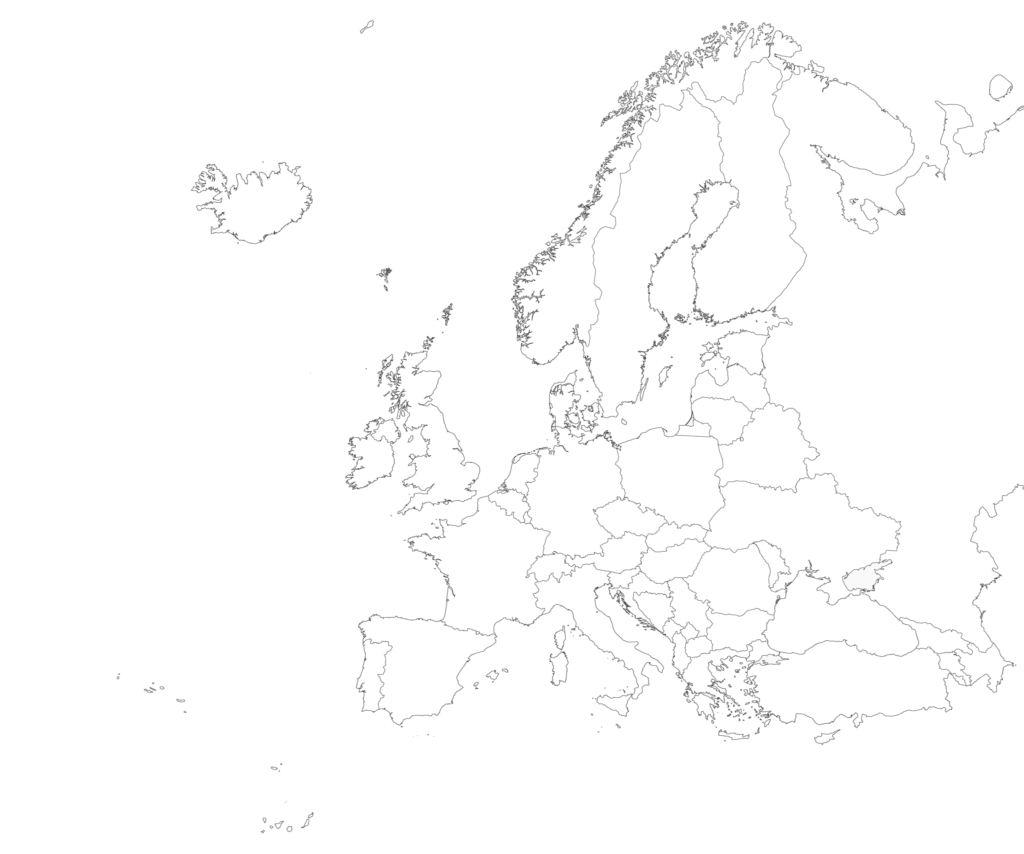
Ireland, an island of rolling green hills, rugged coastlines, and ancient history, is a land steeped in myth, legend, and cultural heritage. Known as the Emerald Isle for its lush landscapes, Ireland has a rich history that stretches back to prehistoric times, with sites like Newgrange predating the pyramids. Its Celtic past is woven into the fabric of Irish culture, from ancient druids to the saints and scholars of early Christianity.
Today, Ireland is a vibrant country, with its people renowned for their warmth and hospitality, and its cities, such as Dublin and Galway, offering a lively blend of tradition and modernity. Ireland’s natural beauty, with its windswept coasts, tranquil lakes, and iconic cliffs, captivates visitors from all over the world.
Irish cuisine is hearty, simple, and deeply connected to the land. Try Irish stew, a warming dish made with lamb, potatoes, onions, and carrots. For something lighter, enjoy a plate of seafood chowder, often made with the freshest fish caught along the coast. Boxty, a type of potato pancake, is a beloved comfort food, while coddle, a warming sausage and bacon stew, speaks to Ireland’s tradition of slow-cooked meals.
For dessert, indulge in apple tart or Baileys cheesecake. As for drink, Ireland is world-renowned for its Guinness, a rich stout, and Irish whiskey, both of which are iconic symbols of Irish craftsmanship. Don’t forget to savor a glass of Irish coffee, a blend of hot coffee, whiskey, sugar, and cream.
Venture to Killarney National Park for a peaceful escape, where lakes, woodlands, and mountains create an idyllic backdrop for hiking and wildlife spotting. Discover the remote Aran Islands, where time seems to slow down and traditional Gaelic culture thrives. Explore the ancient Rock of Cashel, a medieval fortress perched on a limestone hill with panoramic views of the surrounding countryside.
For a more adventurous experience, take a boat trip to Skellig Michael, a UNESCO World Heritage site and ancient monastic settlement that rises dramatically from the sea. Ireland’s wild beauty is also evident in the Cliffs of Moher, where towering cliffs meet the Atlantic Ocean, offering one of the most spectacular coastal views in the world.
Cliffs of Moher
Irish Folk Music
Irish Stew
Wool
Turf
The best times to visit Ireland are during spring and autumn when the weather is mild and the countryside is at its most scenic. Summer brings warmer temperatures and the chance to enjoy festivals, but it is also the peak tourist season, so popular destinations can be crowded. Winter is quieter, making it perfect for those seeking a peaceful retreat, although it can be chilly and rainy, especially in the West. If you visit in winter, you’ll also get to experience Ireland’s cozy pubs and festive atmosphere.
Ireland is easily accessible by air, with Dublin Airport serving as the main international gateway. Shannon Airport and Cork Airport are also well-connected to international and European destinations. Ireland has an excellent rail and bus network, with Irish Rail providing connections between major cities and towns. The country is also well-served by ferries, particularly from the UK, making it easy to travel overland to Ireland.